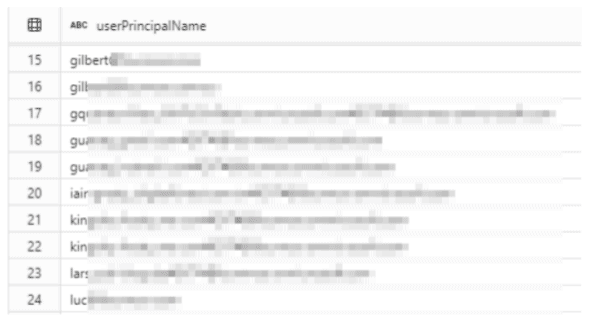Power BI Desktop hosts a powerful data transformation tool in Power Query Editor that provides users with the ability to structure and cleanse their data before analyzing it. Mastery of Power Query Editor can do so much for your workflow in data analysis by making it easier to get your information ready for meaningful visualizations. This article takes a close look at the key features and functionalities of the Power Query Editor, enabling you to unleash its full potential.
Here’s an in-depth look at some of its essential functionalities:
1. To begin transforming your data, click on “Transform Data” in Power BI Desktop. This action will open the Power Query Editor, where you can access a variety of data manipulation tools. The Power Query Editor supports multiple data types including decimal, whole number, percentage, date, time, and text. This versatility allows you to handle diverse datasets effectively.
2. Choose the column you wish to modify, then change its data type according to your analysis needs. For example, you might want to convert a text column to a date column if it contains date information. This ensures that Power BI interprets and processes the data correctly.
3. If your dataset has headers in the first row, you can easily convert them into column headers. By selecting “Use First Row as Headers,” the Power Query Editor will transform the first row into headers.
4. Cleaning your data often involves removing irrelevant columns or rows. It can easily be done by selecting the column or row you wish to remove. This helps streamline your dataset, focusing only on the relevant data.
5. A column can sometimes have lots of pieces that are separated by a delimiter like a space or comma. You can use the Power Query Editor to split these columns using your chosen delimiter so that new columns will be created for every piece of information.
6. An important feature of the “Group By” function is the ability to group data based on specific criteria. Summarizing large datasets, for instance finding the total sales in each region or averaging scores in each category could be helpful with this.
7. Flipping rows and columns, which is called transposing data, can be beneficial when you want to reorganize your data for better analysis or visualization. It can be effectively used when a situation calls for a reversal of the order of rows in your data set.
8. It is advisable to count quickly the number of rows in your dataset for purposes of comprehending the magnitude of data involved. There are various ways to replace values contained within a column such as for correcting errors or aligning entries; this may turn out crucial in maintaining uniformity of data.
9. Additionally, it allows you to expand your dataset by adding new columns with custom calculations or transformations based on existing ones.
Pro Tip: The “Applied Steps” is the most powerful aspect of the Power Query Editor. Every transformation you apply to your data is recorded here, creating a sequential list of actions making it easy to see the history of transformations applied to your dataset. If you make a mistake or need to make a change, simply click the “X” next to the step you want to remove. This will undo the step without affecting subsequent actions.
By leveraging its extensive features, you can ensure your data is well-prepared for analysis, leading to more accurate and insightful visualizations.
Happy data analyzing!
About the Author:
𝐖𝐇𝐎 𝐀𝐌 𝐈?
231+ Power BI Projects in 4 Years
57+ Training
Created Dashboards for 14+ areas of specialization
Batman of Power BI
If any of that sounds like what you need, message me!
Reference:
Shakeel, M. (2024). Understanding the Power Query Editor in Power BI Desktop. Available at: https://medium.com/@msianalytics/understanding-the-power-query-editor-in-power-bi-desktop-c939bd74fa60 [Accessed: 19th August 2024].









 Using a SharePoint Online list as a Knowledge source via ACTIONS in Copilot AI Studio
Using a SharePoint Online list as a Knowledge source via ACTIONS in Copilot AI Studio
